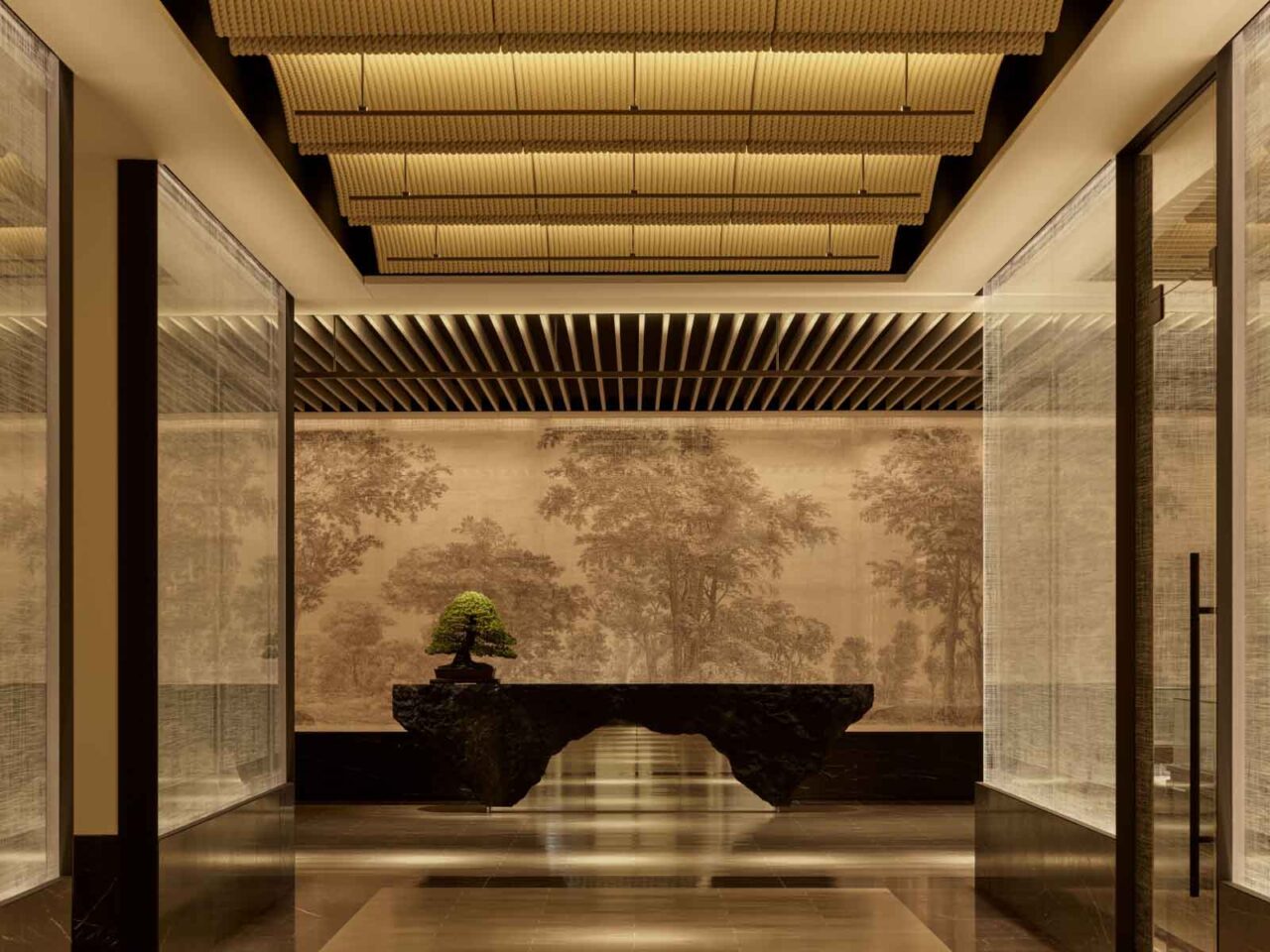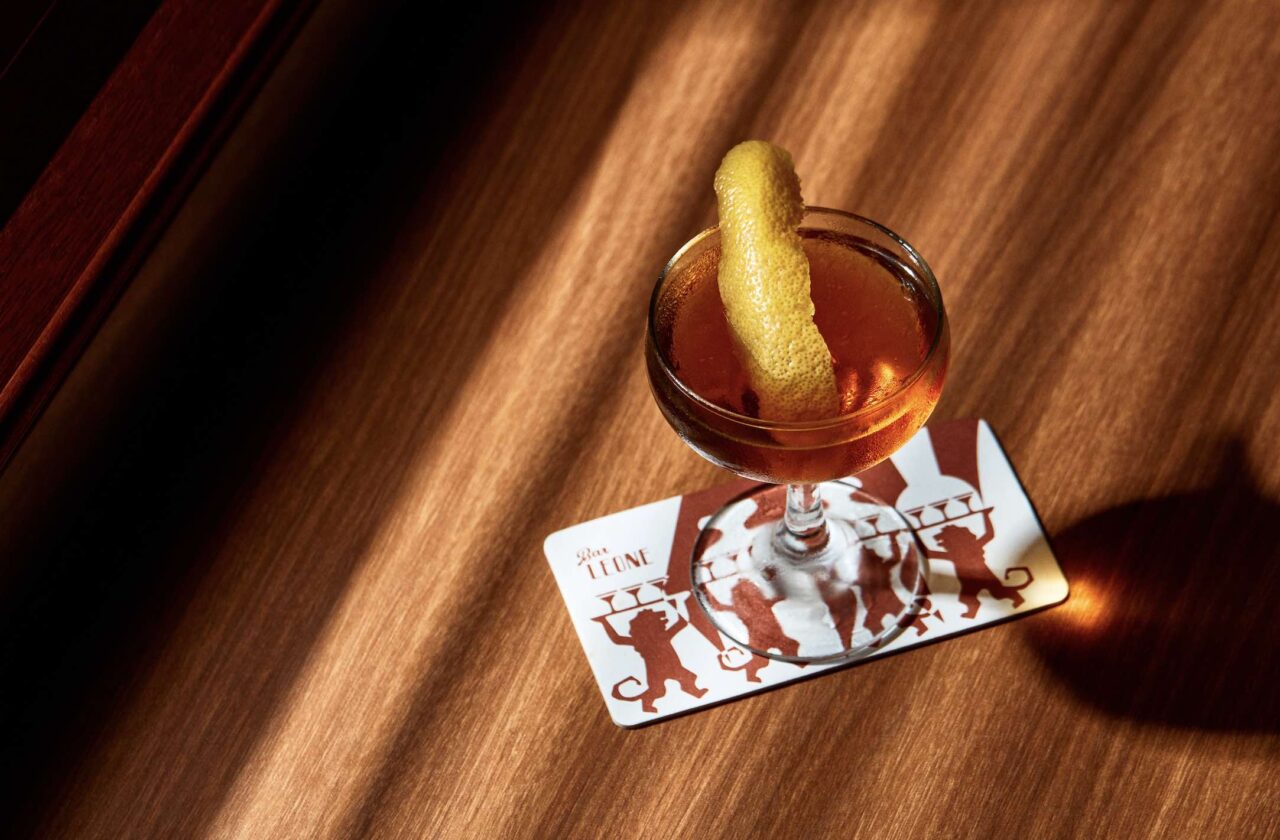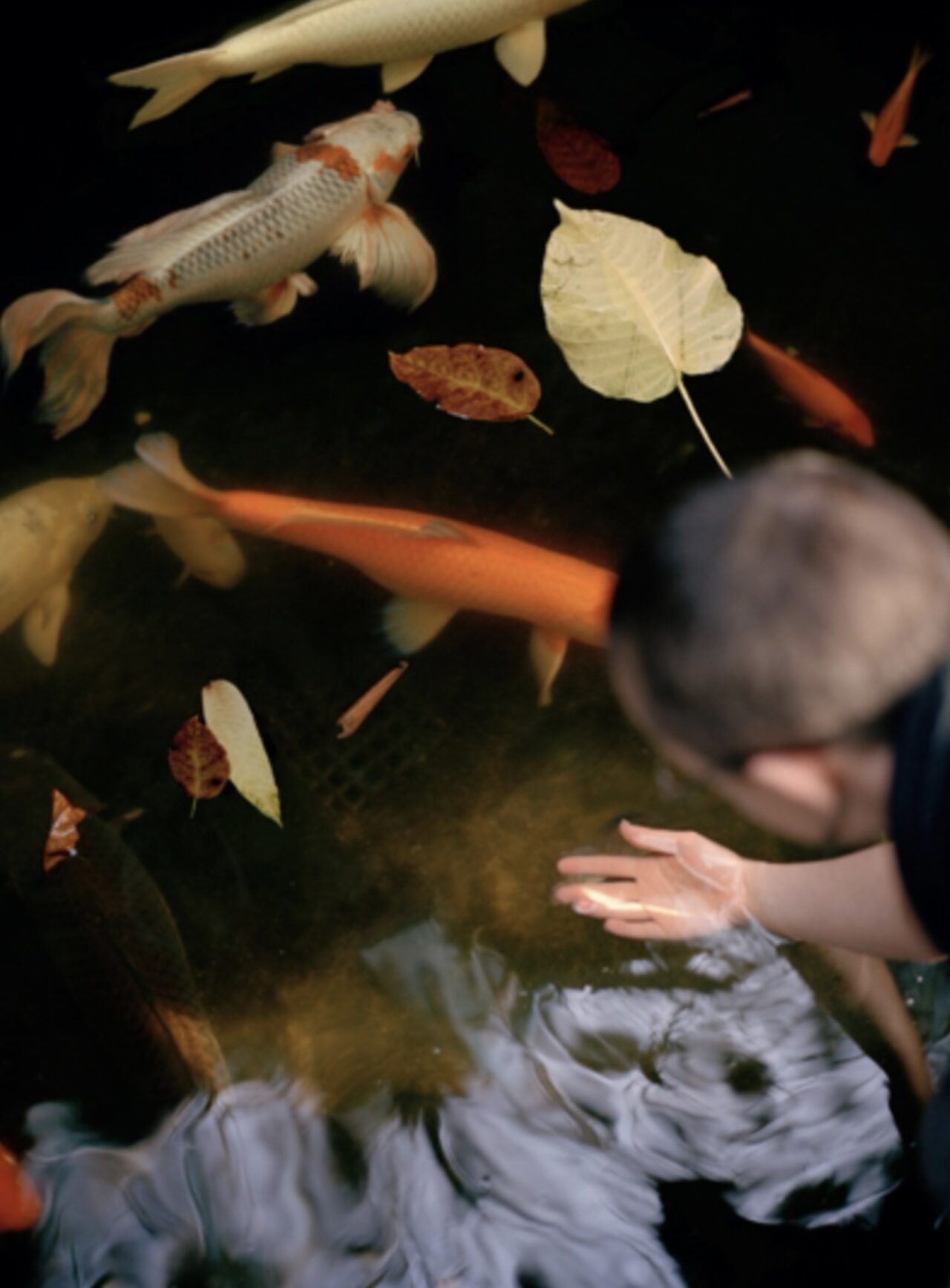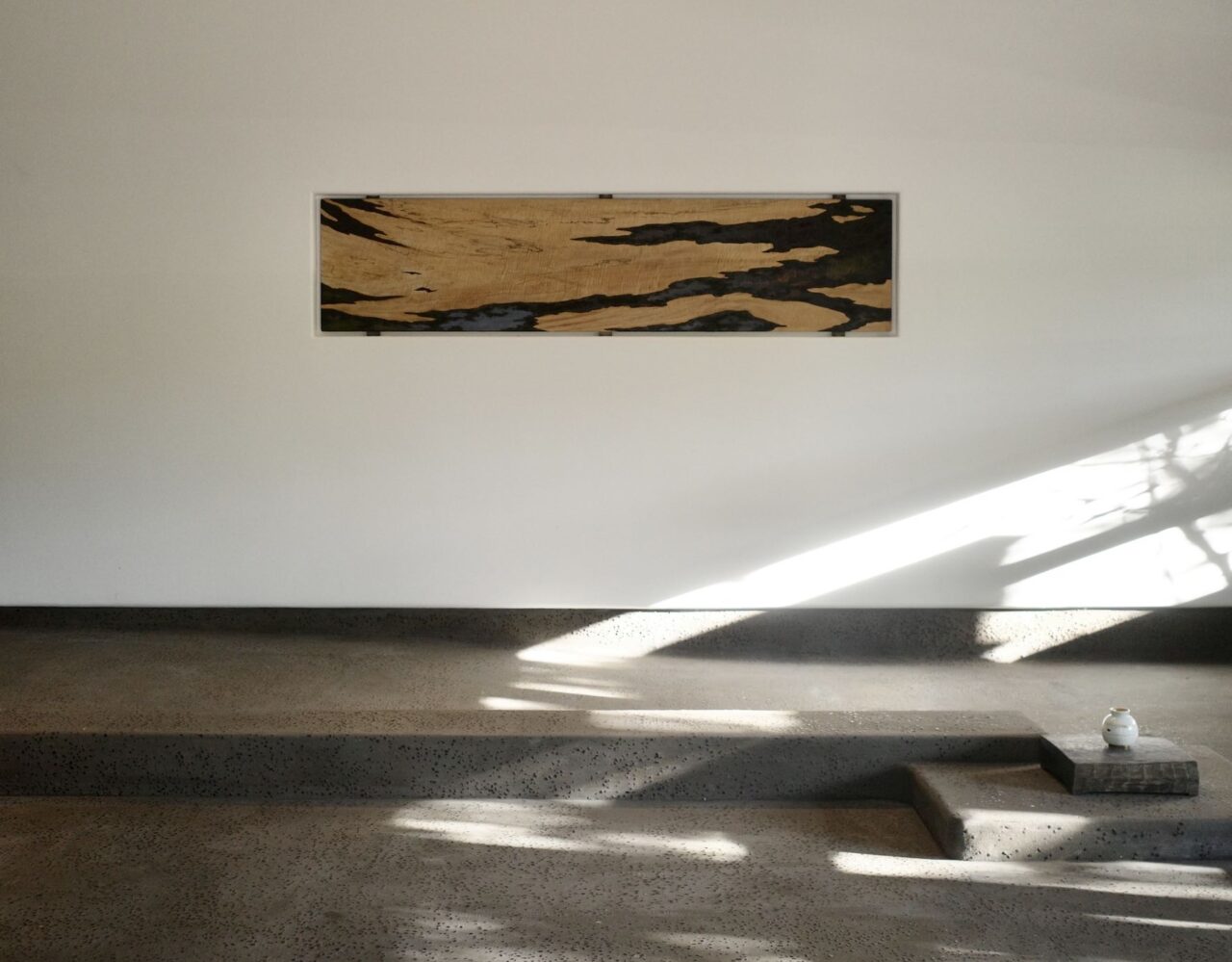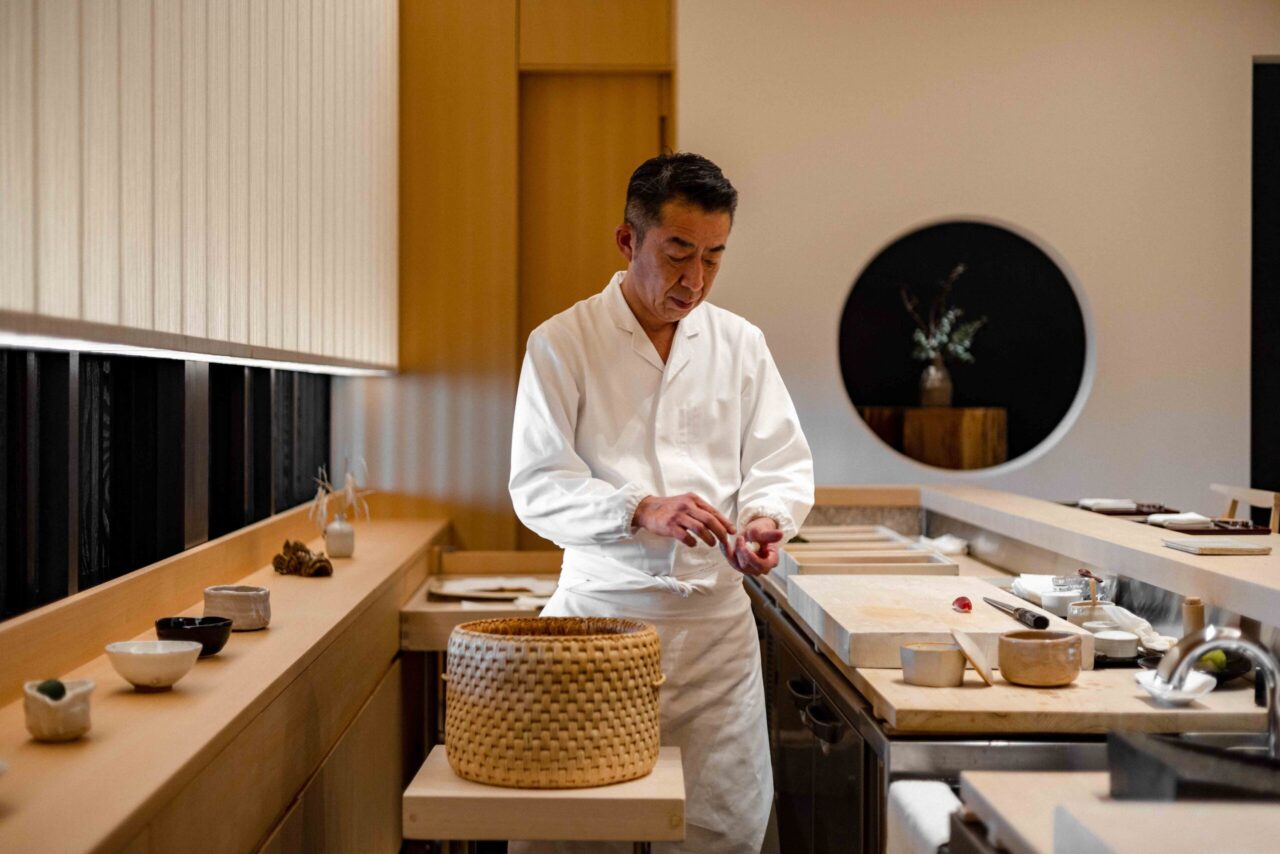Hacienda Patrón
The Tequila Brand Story Based on Heritage and Craftsmanship in Guadalajara

The city of Guadalajara in Mexico is a fine choice for travel around September, due to the warm climate enabling the consumption of the country’s best produce and delicacies, along with it’s most well-known beverages: margaritas.
Friendly locals ensure you experience the best the country has to offer, and nature takes care of the stunning and picturesque landscapes.
About one hour by car from the Guadalajara city centre lies a hidden gem in the town of Atotonilco in the highlands of Jalisco in central-Western Mexico. It’s only for those in the know thus far, as this location is home to some of Mexico’s tequila distilleries, in particular the finest, Patrón.

Fields of Weber Blue Agave plants greet visitors as they drive through to the Hacienda Patrón, which is the main attraction. It is the home for Patrón, a beautiful modern Hacienda and distillery that creates the world’s finest ultra-premium tequila.
This description doesn’t come lightly, as every element of the Hacienda such as the architecture, interior design and production showcases the high standards they abide by. The conscious consideration for the environment and the community is an important part of the Hacienda Patrón’s function and philosophy.
Founded in 1989 by John Paul DeJoria and Martin Crowley, Patrón was established with an early philosophy of only working with the best produce, tools and people.
Master Distiller Francisco Alcaraz was appointed from the get go, seeing his original recipe for tequila used to this day. Agave unassumingly creates the white spirit the we all enjoy: tequila. Specially grown in the right location and climate to ensure the right flavours are enhanced and then harvessed, Patrón especially don’t skip a beat when it comes to quality. From the collection of hand-selected Weber Blue Agave, to the handmade copper pots used to distill, no element of production is overlooked.
It all starts here at the Hacienda Patrón, where Champ was invited to discover the process, philosophy and etiquette behind one of the world best tequila brands, Patrón.
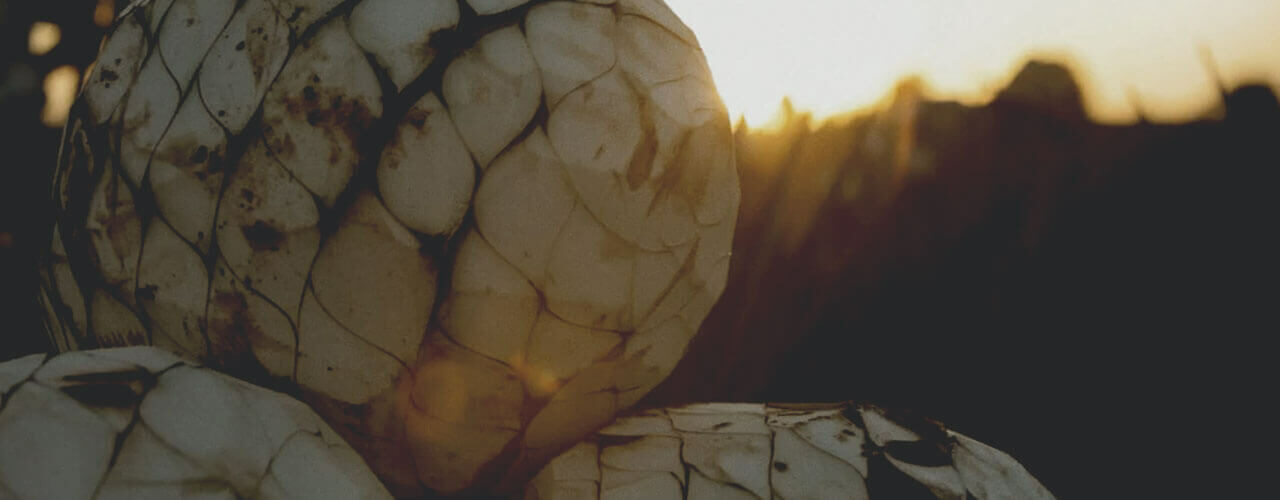
Hacienda Patrón
Built from the ground up, the Hacienda was inspired by Mexican, Spanish, French and Italian design and architecture. The architect was hired to plan and create the Hacienda based on real Mexican Haciendas built during the colonial period (1521-1810). With traditional design at the core, it is the additional multi-cultural interests that make this design so individual. It cannot be replicated by any other distillery.
The Hacienda Patrón was ultimately built so that workers had pride coming to work every day. This can be seen clearly, as workers greet guests with a wave as they walk to and from work.
At the entrance, the overwhelmingly large gates invite guests further onto the Patrón grounds. The salmon pink building collaborating on a paint palette with the steel blue agave plant fields on the left and right.
The main building of the Hacienda is surrounded by a beautiful and perfectly manicured garden, complete with tropical plants and a bright blue water fountain. The climate allows for gardens to blossom, and here particular pride is taken in the upkeep, which is the first introduction to the Patrón philosophy. Inside the building, works by the celebrated Mexican artist Rodo Padella can be found, along with handcrafted sculptures and artworks. The Patrón team reside here with their offices in close promixity of eachother, ideal for close communication between the staff.
An English-style solid mahogany bar and billiard room accommodate guests when they visit the Hacienda, along with an auditorium that can be used for lectures and events. A replica of the Virgin of Gaudalupe chapel is housed onsite so that employees can start and end their day in traditional worship.
On these grounds the magic happens. The agave cooking, fermentation, distillation, againg and bottling. Master Distiller Francisco Alcaraz works here, checking batches of tequila on the daily. With 1200 workers on site, it’s a big operation. Nevertheless, no expense is spared for the methods of production at the Hacienda. The traditional machinery and tools used, ensure the best flavours are derived from the agave plant and its distilling process.
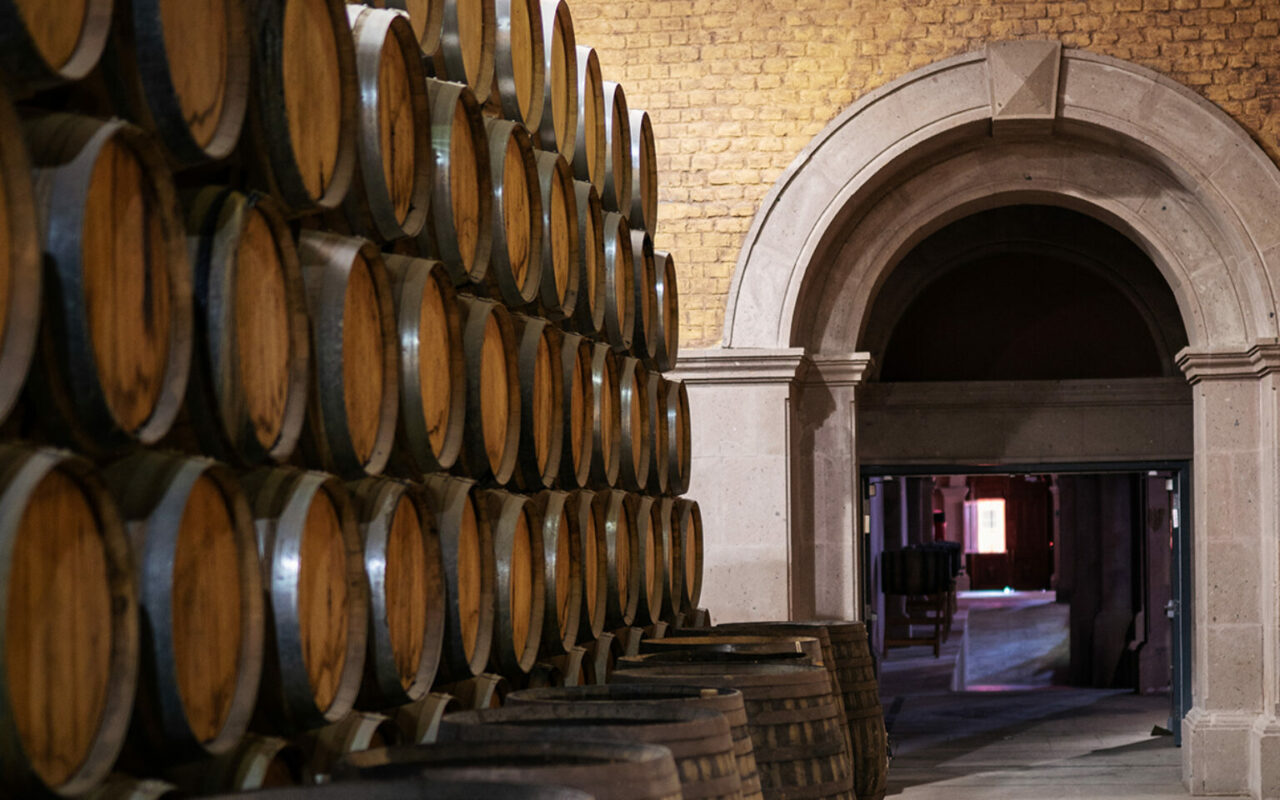
AGAVE SELECTION
Agave plant crops are planted in the Los Altos region with a foreseen 10-year plan, with characteristics of the plant often checked to ensure they are of the consistent flavours needed. The agave strips the soil of all nutrients, and corn is planted to replenish the land. After a years growth it has served its purpose, and the next agave crop is grown and harvested after 6-8 years of growth. This cycle is efficient and environmentally conscious.
AGAVE COOKING MACERATION
TWO MILL PROCESS
Small Brick Ovens, also described as the horneros, host the chopped up agave, specially cut into even pieces for consistent cooking. Other producers use big stainless steel autoclaves which don’t cook the agave evenly, leaving the outer parts of the chopped up agave to burn. The Small Brick Ovens allow the agave to cook slowly over 79 hours, for the collection of the agave juice. The Hacienda Patrón houses the Tahona Mill and the Roller Mill, each a totally different process of maceration. The two mill process that Patrón use is unique in the Spirits Industry. Patrón is one of the few companies to still use the traditional volcanic stone wheel to crush the agave.
Tahona Mill – The Tahona Mill is a slow process that keeps the agave juice with the agave fibre.
Roller Mill – The Roller Mill process separates the agave juice from the agave fibre.
Both processes create a different taste in the final tequila produced.
FERMENTATION
Pine wood fermenters, which are rarely used in the industry, and specifically only by 4 producers, are among the tools used in determining the final taste of the tequila via production. Pine wood fermenters create natural thermal control for slow fermentation for 72 hours. These are harder to clean and must be replaced every 4 years, hence other distilleries using stainless steel tanks.
DISTILLATION
Small hand-made copper pot stills are used to create the tequila, in a ‘small batch’ way. Copper pots are harder to maintain, but enable the flavour of the tequila to emerge and gain identity. The distillation is a very important process, described in a breakdown of Head, Heart and Tail. The Head and Tail need to be cut, with only the heart remaining to create the right balance in concentration in the final tequila.
BOTTLING
First being rinsed with tequila, the bottles made at Fusion Y Formas are then filled with Patrón. Bottles are hand-corked, hand labelled and then each pass through a rigorous quality control process. Each bottle passes over 60 hands before it leaves the Distillery. Fusion Y Formas is the family-run glass factory in Zapopan, Mexico. The process is labour-intensive, and doesn’t leave any room for error. Workers need to be on point. Bottles are made from 100% recycled glass from Guadalajara,baked at 1400 degrees celsius, exhuming nearly 0 emission.
At Fusion Y Formas, 18 tonnes of glass is recycled each day. Pictured here are the moulds which create the iconic Patrón bottles. The designs aim is to withstand time, and to encourage reuse of the bottles after completion of the content.
STILLAGE
Every litre of tequila (at 55% proof) produces 18 liters of stillage, which is organic liquid deficient of oxygen. The Hacienda Patrón works with an on-site stillage tratment system that creates a Reverse Osmosis. With a 70% usable water recovery, this means that gardens are watered with recycled water, along with cooling towers and cleaners all reusing the water.
The compost green area on the Hacienda Patrón grounds is all made up of used agave fibres which create an organic fertilizer when sprayed with Vernassas, a reoxygenator.
AGING
Patrón use American, Hungarian and French barrels, old and new, to age the spirit. Patrón’s Anejo spirit is aged up to 14 months to create a well-balanced tequila with a fine aftertaste.
MASTER DISTILLER
Francisco Alcaraz has been with the company since the very beginning. He created the recipe for Patrón, a classic still used to this day. In 1968, Alcaraz was named the First Tequila Inspector for the Mexican Government. In 1982, he became an independent consultant for distillation and fermentation processes, amongst working as a professor at the CBTIS College. His knowledge and expertise is next to none, with Alcaraz mentioning that over the past 10 years he has almost only exclusively been drinking tequila.
As a Master Distiller, your palate must be trained over many years to detect a correct or incorrect batch and perfect a recipe, in addition to occasionally creating a new one. Currently, Alcaraz’s son is training his palate to continue the Patron legacy that his father started.
PATRON TEQUILA
A white spirit, Patrón is best enjoyed on the rocks or mixed flawlessly into almost any cocktail. The Patrón range varies from their fine Patron Silver premium white spirit, to the Patrón XO Cafe, a tequila-based coffee liqueur. The centuries-old distillation process, together with the handcrafted glass bottles, ensure every element of Patrón is considered.
The Patrón Hacienda, a place truly proud of its heritage, team and craftsmanship.
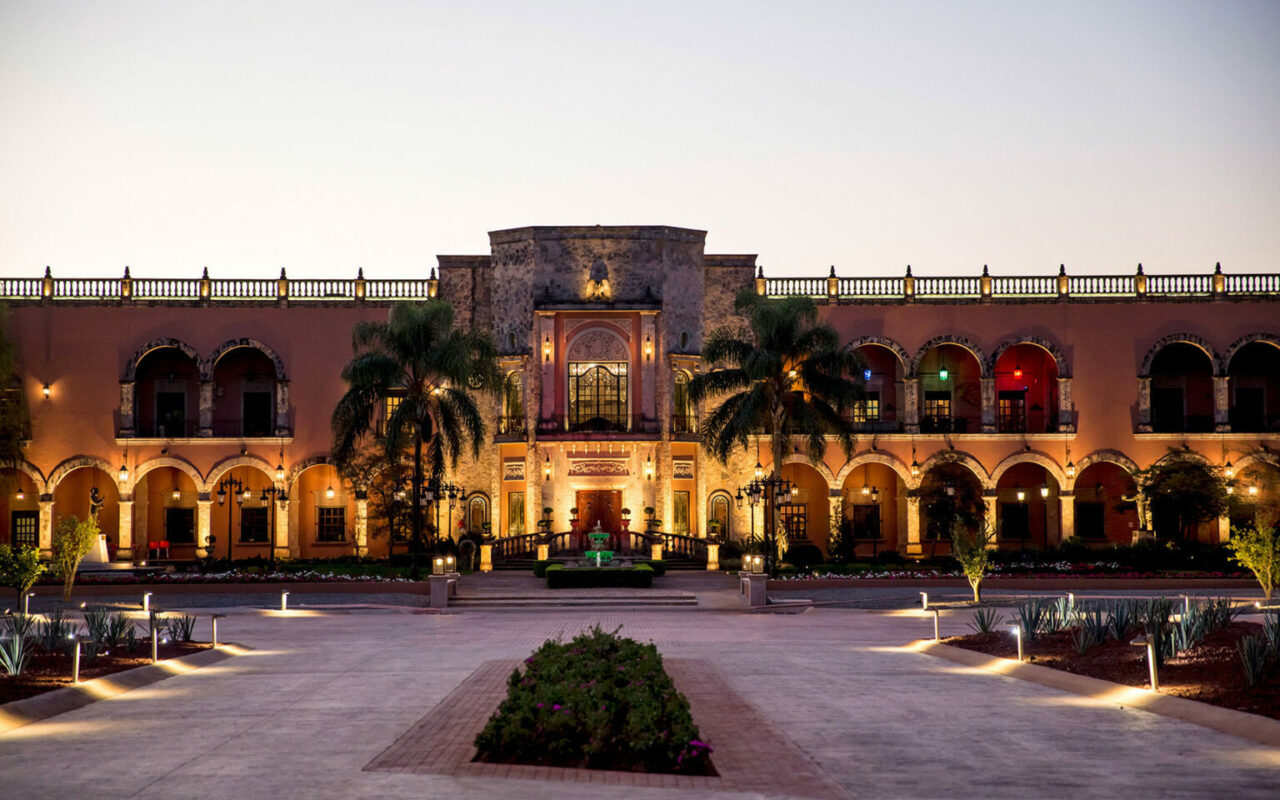
This feature was produced for Champ Magazine print issue 9.



















